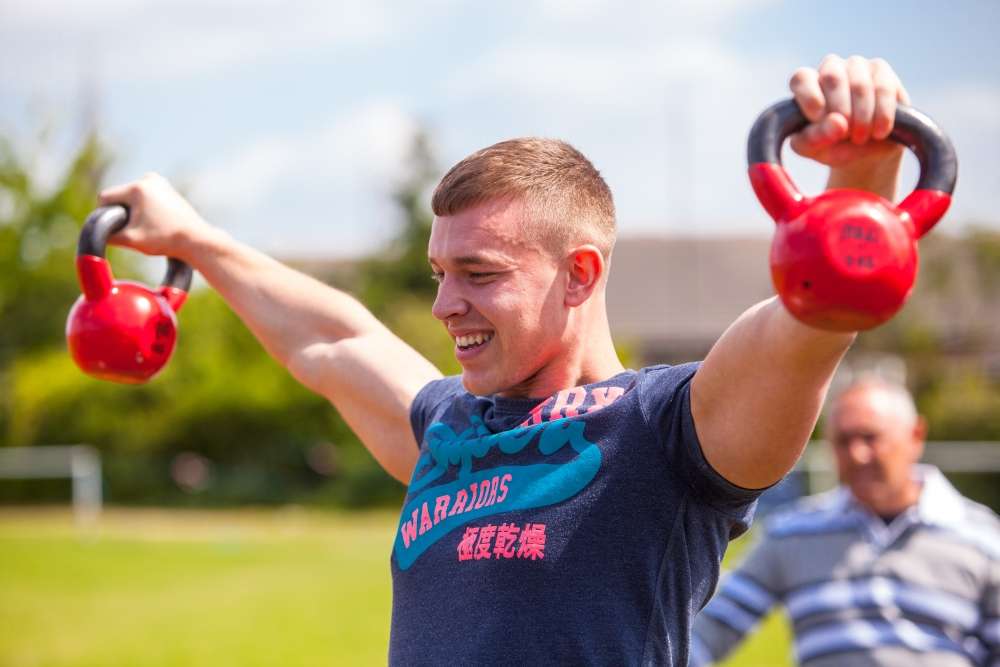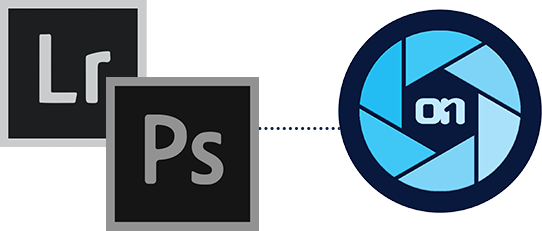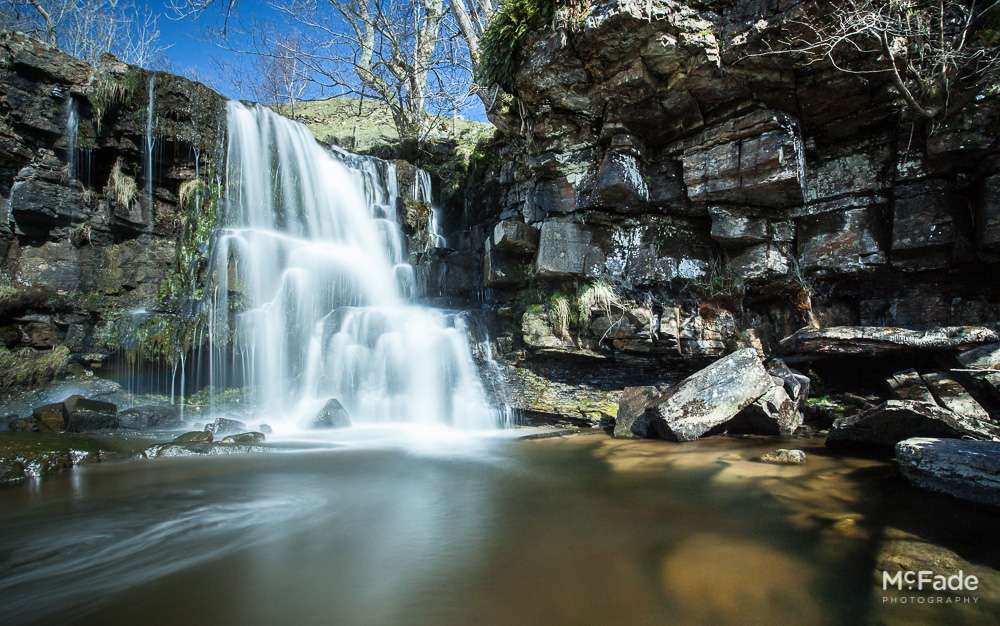Sunny day photography
Make the most of these “bright day” tricky conditions

- very high contrast scenes
- too bright for a flash to work
- washed-out colours in landscape scenes
- etc.
Here are a few ideas for these sunny days
Sunny Day Photography Tip 1 – Stop Squinting
When shooting people in bright sun, get their back to the sun to stop them squinting, and use “flash” to light their faces, as their faces will be in shadow
Bright Day Photography Tip 2 – Use The Shadows
Look for shadows – in the landscape, getting high up a hill and shooing down into fields with trees can create lots of interesting shadows. In the city, look for things like fire escapes, these create detailed shadows on walls.
Sunny Days Photography Tip 3 – Find Reflections
Look for reflections – if you’re on a narrow street, the chances are 1/2 of it will be bright and sunny, the other side in shadow. When this happens, the windows on the bright side will reflect sunlight into the dark area. This can create lots of unique patterns – maybe use one of the reflections as a spotlight on a model…
- Copright of McFade Photography
Sunny Day Photography Tip 4 – Go Inside Churches
Churches – the bright sunlight outside illuminates stained glass windows, showing off their intricate colours. Also the colours create patterns on the floor of the church which you can use. This is an ideal place to practice your HDR skills as the contrast will be high
Sunny Day Photography Tip 5 -Try Street Photography
Street Photography – one thing with “candid street” photography is you are shooting “from the hip”, i.e. not looking through the camera when taking the shot. To do this you need to “pre-focus” the lens and guess how far away your unsuspecting subjects will be – usually 2-3 meters is a good guess, maybe a bit further. The advantage on shooting on a Bright Day is that you can increase your chances of getting sharp shots of people – by using a smaller “aperture”. This gives a larger “depth of field”, which means you get more stuff in focus – on a dull day you need a “large depth of field”, which means you get less stuff in focus, so your chances of getting everything sharp is reduced. It’s not the easiest thing to describe, but basically, you could use F2.8-F5.6 on a dull day, but on a really bright day you can get up to F8 or F11.
For more great tips, pleased check out more in our blog, or this great piece from our friends over at PIXPA.




















